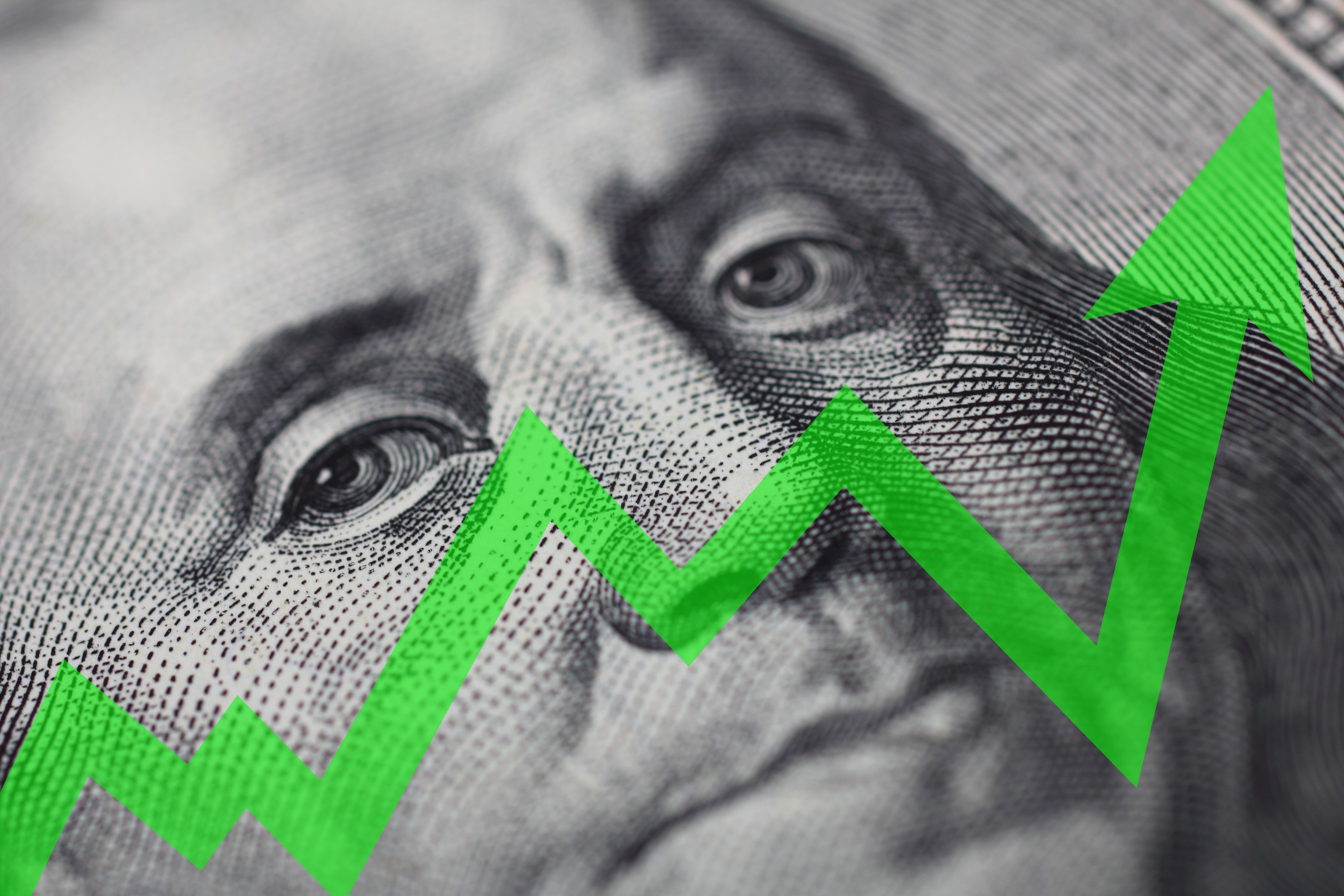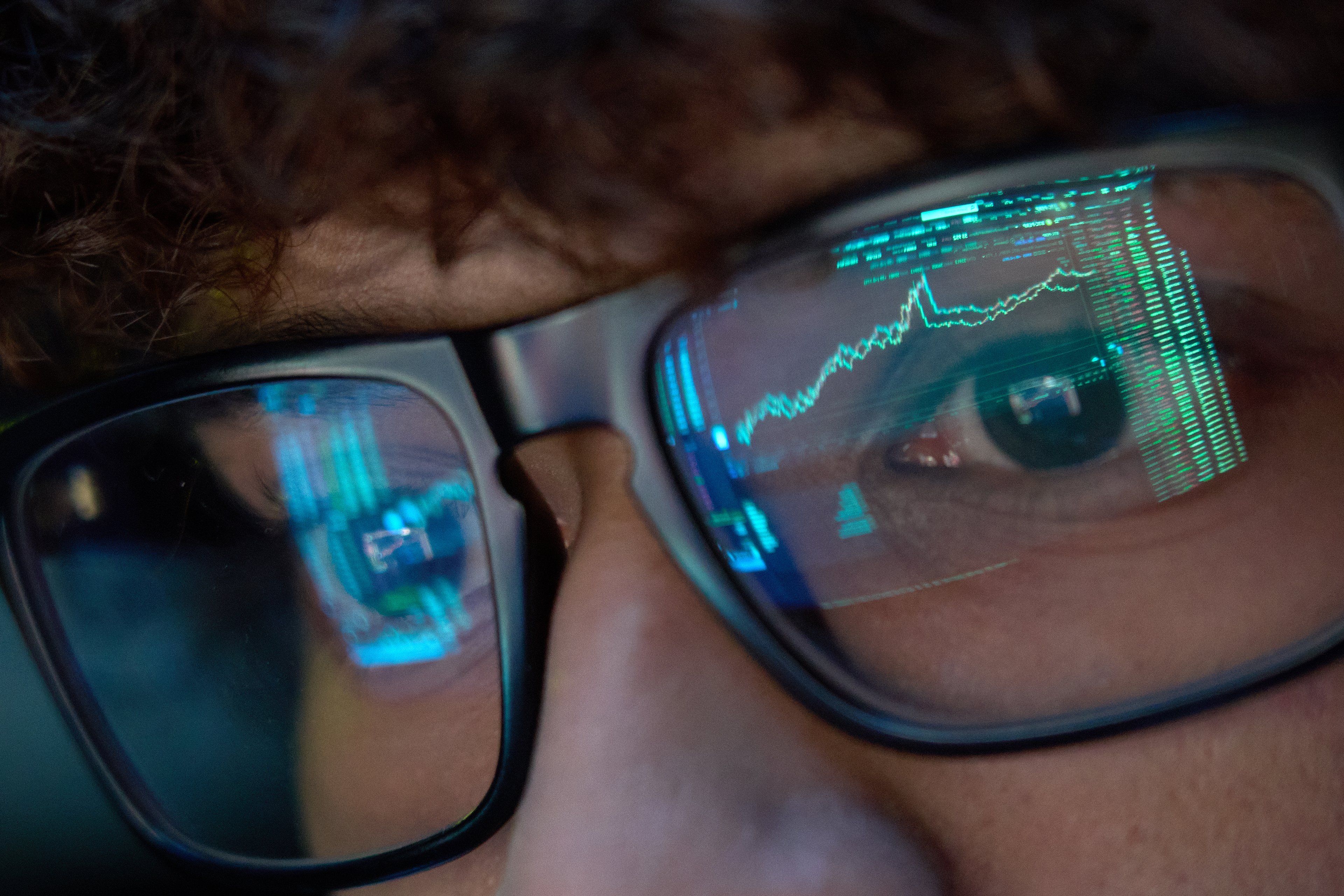According to a rash of headlines this month, more and more investors are shorting big tech stocks.
In this clip from Industry Focus: Tech, Motley Fool analyst Dylan Lewis and senior tech specialist Evan Niu explain what investors need to know about the numbers to understand how big this shorting trend really is, and what it means for the tech market. Find out what the numbers indicate, how certain statistics can be misleading, and some unusual ways that investors can look at short interest. The hosts look into Apple's (AAPL 1.81%) short interest, in particular, and put the numbers into context for investors.
A full transcript follows the video.
This video was recorded on June 16, 2017.
Dylan Lewis: You talked about how you can also do something else with these numbers, and that is assign a dollar value to current short interest. That's what we're seeing with these headlines about Apple, Tesla (TSLA 4.20%), Alibaba. The calculation there, as you alluded to, is taking that percentage. For this one, you would want to be using shares outstanding rather than float, and applying it to the company's market cap to see what the actual dollar value is there. And while I do think it can be helpful, I think it's kind of a misleading number when you're looking at a lot of these big tech companies.
Evan Niu: I think it could be framed in a misleading way. For example, short interest numbers are officially disclosed twice a month by the exchanges. You'll get an absolute number in terms of shares. As a reference, Tesla, at the end of May, they're about 31 million shares held short. Apple was about 63 million. But obviously, that doesn't include the percentages. In those intervals, they put out those numbers every two weeks or so, twice a month, but beyond the official numbers, you do see a lot of headlines from third-party companies, the most prominent being S3 Partners, which you see quoted a lot in these articles about short interest. S3 Partners is a financial analytics firm, so they have other ways to measure short interest, in terms of percentage and dollar value, between those official release dates. So, they have their own ways to quantify these numbers. That's where a lot of the time you'll see these numbers coming from as well.
Lewis: To run through those calculations that we talked about for Apple, to show the mechanics here. Roughly 1.2% of Apple shares outstanding are currently being shorted, and the company is worth about $750 billion. So, that's how you get to $9 billion in value being held short, which is one of the highest dollar amount currently out there for any companies that are publicly traded. I think it's worth revisiting that context. Apple is a massive company, and when you're that big, you're going to be near the tops in a lot of major categories. As the case in point, they have a 1.75% yield with their dividend, they are currently the world's largest dividend payer. So, I think the scale gives you some good things and some bad things when you're that big.
Niu: Right, exactly. In absolute terms, yeah, Apple is the biggest dividends player. But on a percentage yield basis, it's really modest, like 2%. It's nothing too big. It's just one of those, when you're the biggest company in the world, pretty much everything you do is going to be very big.
Lewis: I like to think of it, for any baseball fans out there, like Hall of Fame pitcher Cy Young. He's the pitcher that started the most games in MLB history, so he easily has the record for most wins. He also has the record for most losses in baseball history. So, there are going to be some numbers that look really good when you're working at big scale, and there are going to be some numbers that look really bad. To look at it, on a dollar-value basis, how some of these other companies stack up, the top five are pretty much all tech names. No. 1 is Alibaba, No. 2 is Tesla, No. 3 is Apple, No. 4 is AT&T, and No. 5 is Amazon. They're all big companies there. I don't want people to get too caught up in that dollar value number, because I think there are more important things to keep in mind, and I think it's always good to look at the percentage side of short interest, because a lot gets lost when you're looking at it in dollar terms.
Niu: Right. There's a lot of ways to read the percentage, too. The most obvious is, a large number means a lot of people are betting against it. But, you also have to remember that short-sellers inevitably do have to buy back those shares eventually, so you could also see that number as picked-up buying demand for whenever those short end up closing out their positions, either at a gain or loss, depending on what's going on. But, I think it's important to keep in mind, even if there's a bunch of people betting against whatever stock, they do have to buy that back eventually. They can't just keep it down forever.
Lewis: Yeah, you often hear the term "short squeeze." That is that people are being pinched when they're in that position, and are looking to cover their spots there. Looking over at the rest of that list, to ease people who have any concerns about what's going on in the tech market right now -- we'll talk about some of the individual companies -- if you look at, on a dollar value basis, the top 20, there are a lot of really big names in there. Visa, Bank of America, Wal-Mart, Chevron, they're all in the mix. So, again, I think this is more an issue of scale than it is that the tech sector, in particular, is wildly overvalued and people should be scared.







